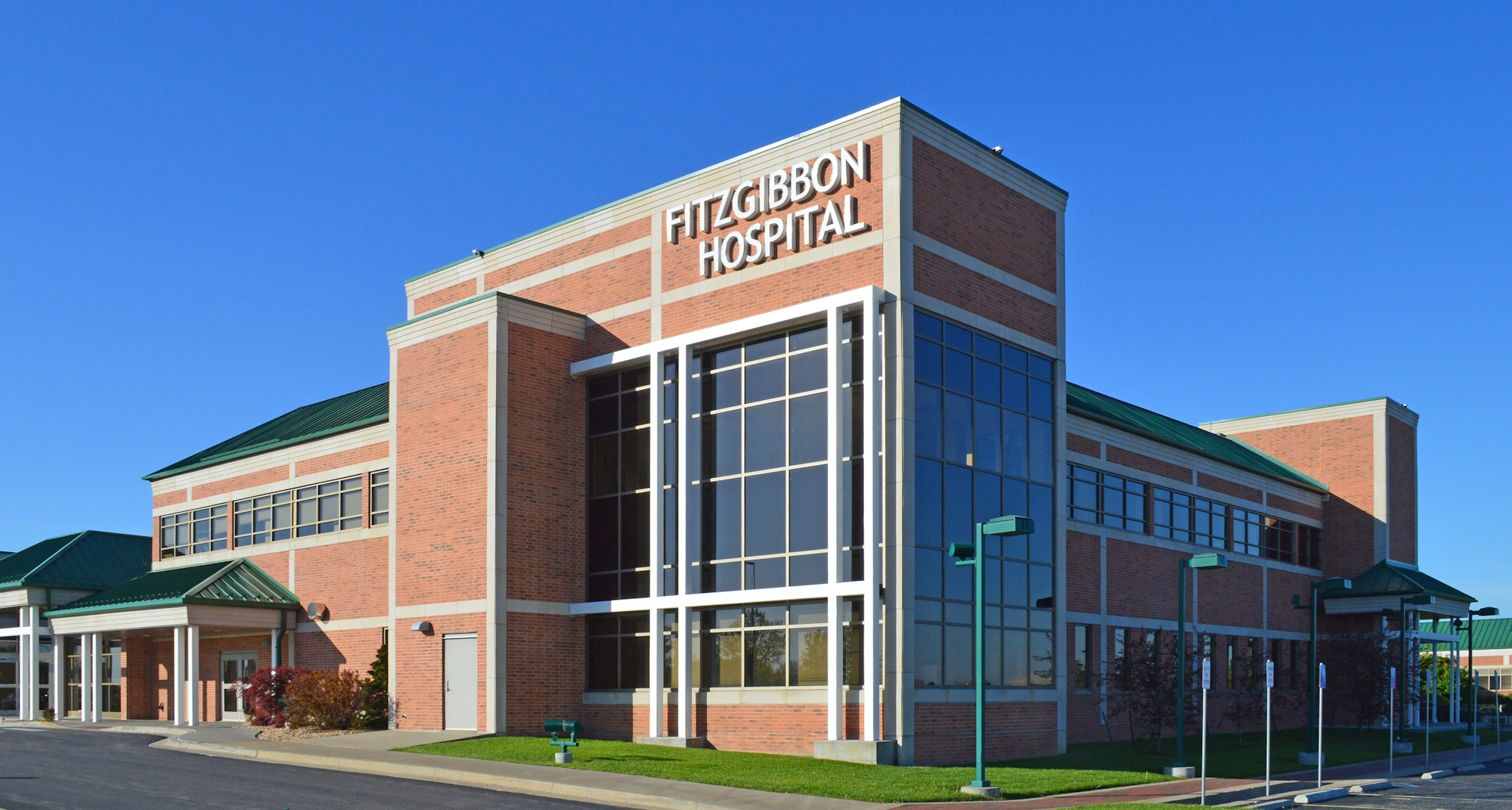Non-Hodgkins Disease
What is Non-Hodgkins Disease?
Non-Hodgkin lymphoma (also called non-Hodgkin's lymphoma, NHL, or just lymphoma) is cancer that starts in cells called lymphocytes, which are part of the body's immune system. Lymphocytes are in the lymph nodes and other lymphoid tissues. Lymphomas start in the lymphoid tissue and can then spread to other organs.
There are two main types of lymphomas:- Hodgkin lymphoma (also known as Hodgkin's lymphoma, Hodgkin disease or Hodgkin's disease)
- Non-Hodgkin lymphoma
The cells of these 2 types of lymphoma look different under a microscope. But in some cases, special lab tests may be needed to tell them apart. To better understand what lymphoma is, it helps to know something about the body's lymph system. The lymph system is made up of lymphoid tissue, lymph vessels, and a clear fluid called lymph. Lymphoid tissue includes the lymph nodes and other organs that are part of the body's immune and blood-forming system. These tissues make some blood cells and protect against germs. Because lymphoid tissue is in many parts of the body, lymphomas can start almost anywhere.
Risk Factors for Non-Hodgkins Disease
Even if a person with non-Hodgkin lymphoma (NHL) has a risk factor, it is often very hard to know what part that risk factor may have played in the lymphoma. Most patients with NHL have no known risk factors. But scientists have found a few risk factors that may make a person more likely to get this cancer. There are many types of lymphoma, and some of these factors have been linked only to certain types.
Age: Getting older is a strong risk factor for NHL. Most cases are found in people in their 60s or older
Gender: Overall, the risk of NHL is higher in men than in women, but there are certain types that are more common in women.
Race: In the U.S., whites are more likely than African Americans and Asian Americans to get NHL
Exposure to certain chemicals: Some studies have suggested that chemicals such as benzene and certain weed- and insect-killers may be linked with an increased risk of NHL
Radiation exposure: Survivors of atomic bombs or nuclear reactor accidents have a higher risk of many kinds of cancer, including NHL.
Weakened immune systems
Autoimmune disease
Body weight and diet: Being very overweight (obese) might increase the risk of NHL
Can Non-Hodgkins Disease be prevented?
Most people who have NHL do not have any known risk factors, and the cause of their cancer is unknown. For now, the best way to prevent some cases of this cancer is to prevent known risk factors, such as a weak immune system.
Signs and Symptoms
At this time, there are no special tests to find non-Hodgkin lymphoma (NHL) early. The best course of action is to pay attention to any possible symptoms of this disease. NHL may cause many different signs and symptoms, depending on where it is in the body. Signs and Symptoms include;
Lymph nodes near the skin: If the cancer involves lymph nodes close to the surface of the body the patient, a family member, or the doctor will most likely notice the swelling.
Abdomen: If an area inside the belly (abdomen) is involved, the stomach can become painful or swollen
Chest: If the disease starts in the thymus or lymph nodes in the chest, pressure on the windpipe can cause coughing or shortness of breath
Brain: Lymphomas of the brain cause headache, trouble thinking and moving parts of the body, personality changes, and sometimes seizures
Skin: Lymphomas of the skin can be seen and felt. They often start as very itchy, red to purple lumps under the skin
General symptoms: Other symptoms of NHL are known as generalized symptoms. These can include: weight loss without a known reason, fever and heavy night sweating (enough to soak clothes)
Test to Find Non-Hodgkins Disease
There is any reason to think that a person has NHL, the doctor will want to do certain tests to know for sure. Because swollen lymph nodes are more often caused by infection, not cancer, doctors often wait a few weeks to see if the nodes stay large. If the nodes keep on getting bigger, either a small piece of the node or the whole node should be removed for testing. This procedure is called a biopsy. There are many different kinds of biopsies, and the doctor will choose the one best suited for the patient. Biopsies include excisional or incisional biopsy, needle biopsy and bone marrow aspiration and biopsy. Other tests include lumbar puncture, fluid sampling, lab tests and blood tests. Imaging studies include a chest x-ray, CT scan, MRI scan, ultrasound, PET scan or bone scan. All of these test can be helpful in the diagnosis of NHL but not all will necessarily be performed.
Treatment for Non-Hodgkins Disease
In recent years, much progress has been made in treating non-Hodgkin lymphoma (NHL). The treatment options depend on the kind of lymphoma, its stage, and the prognostic factors. Many different types of treatment can be used to treat NHL. Some of these include chemotherapy, radiation treatment, and stem cell transplant--as well as others.


